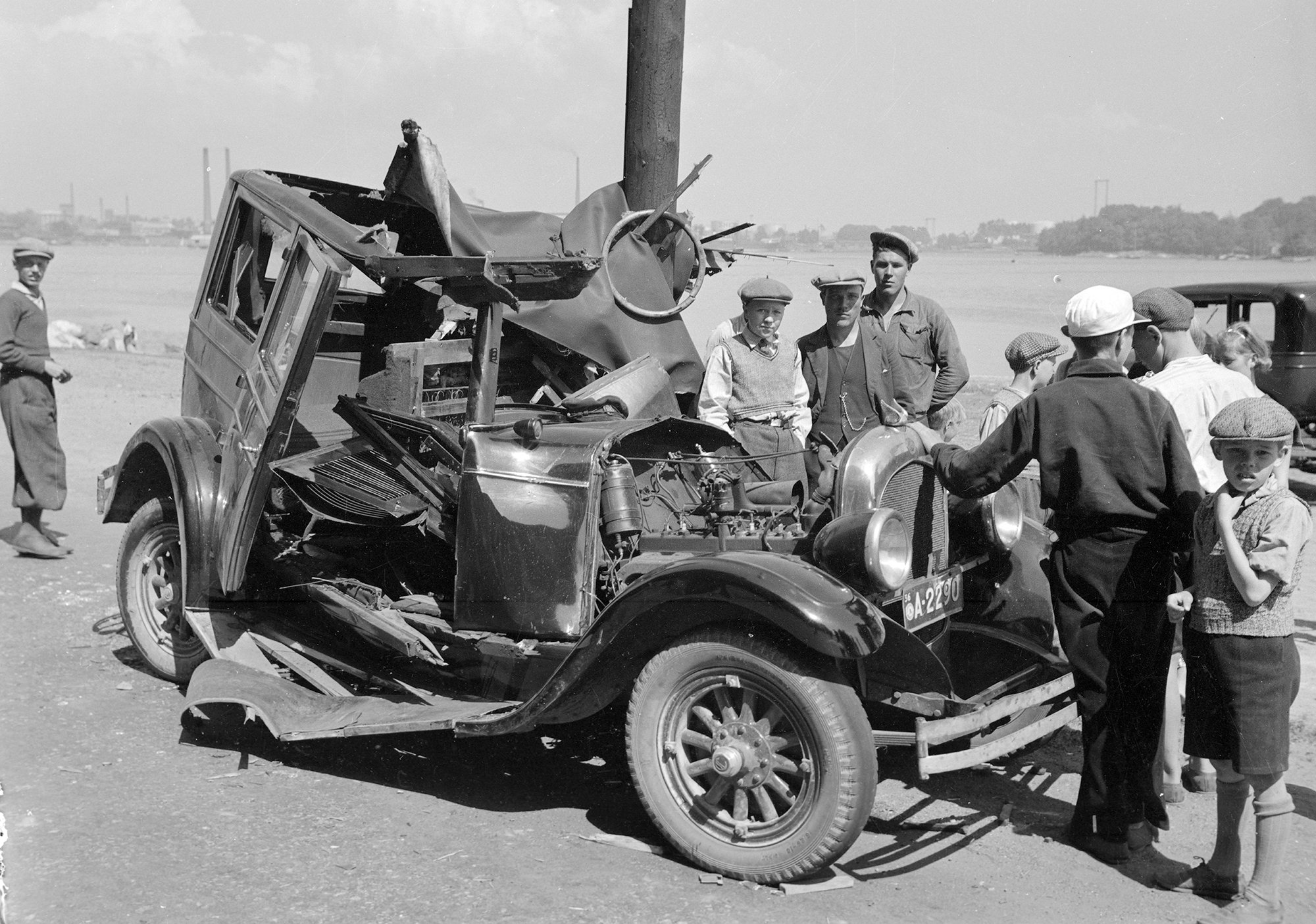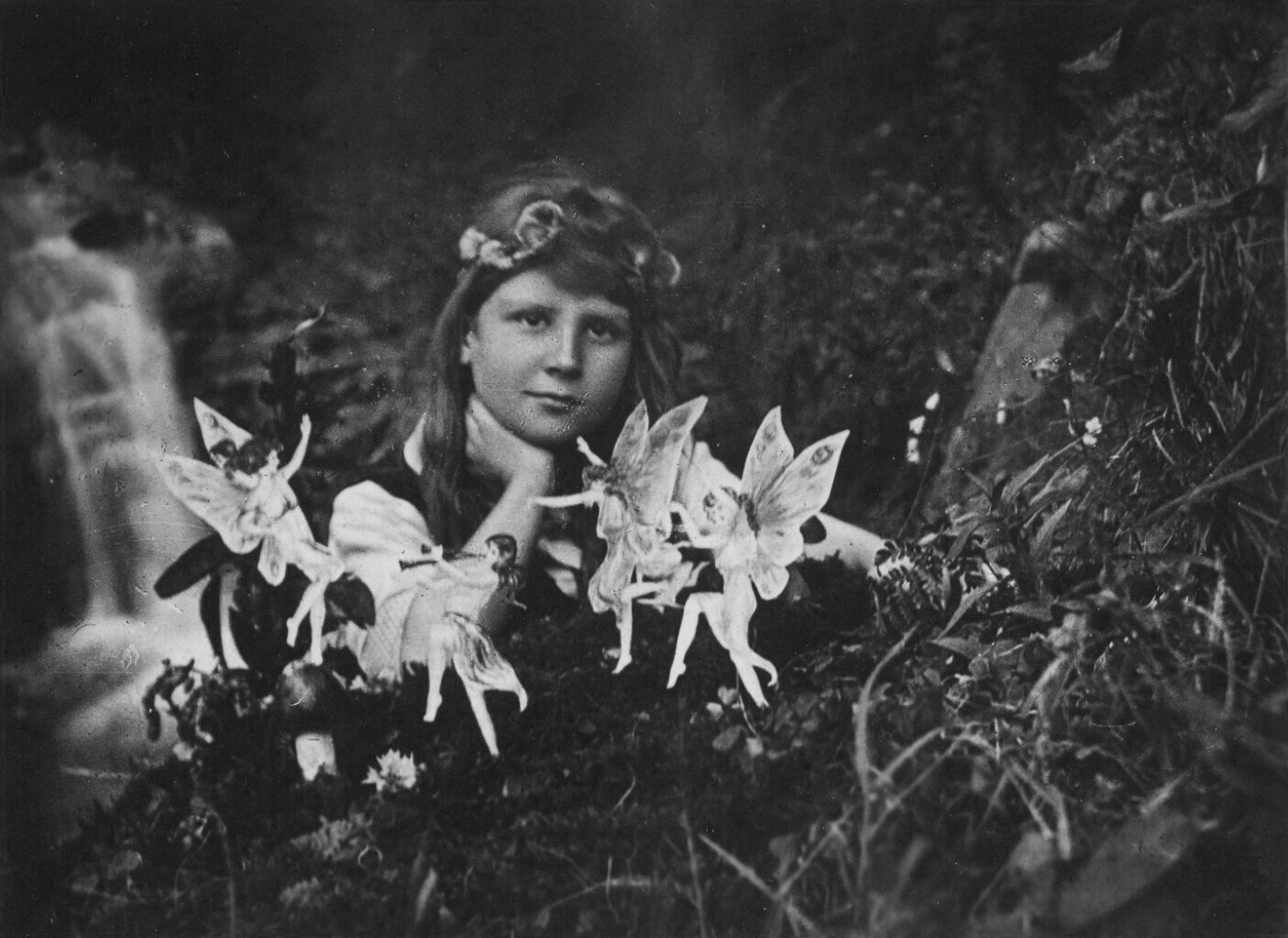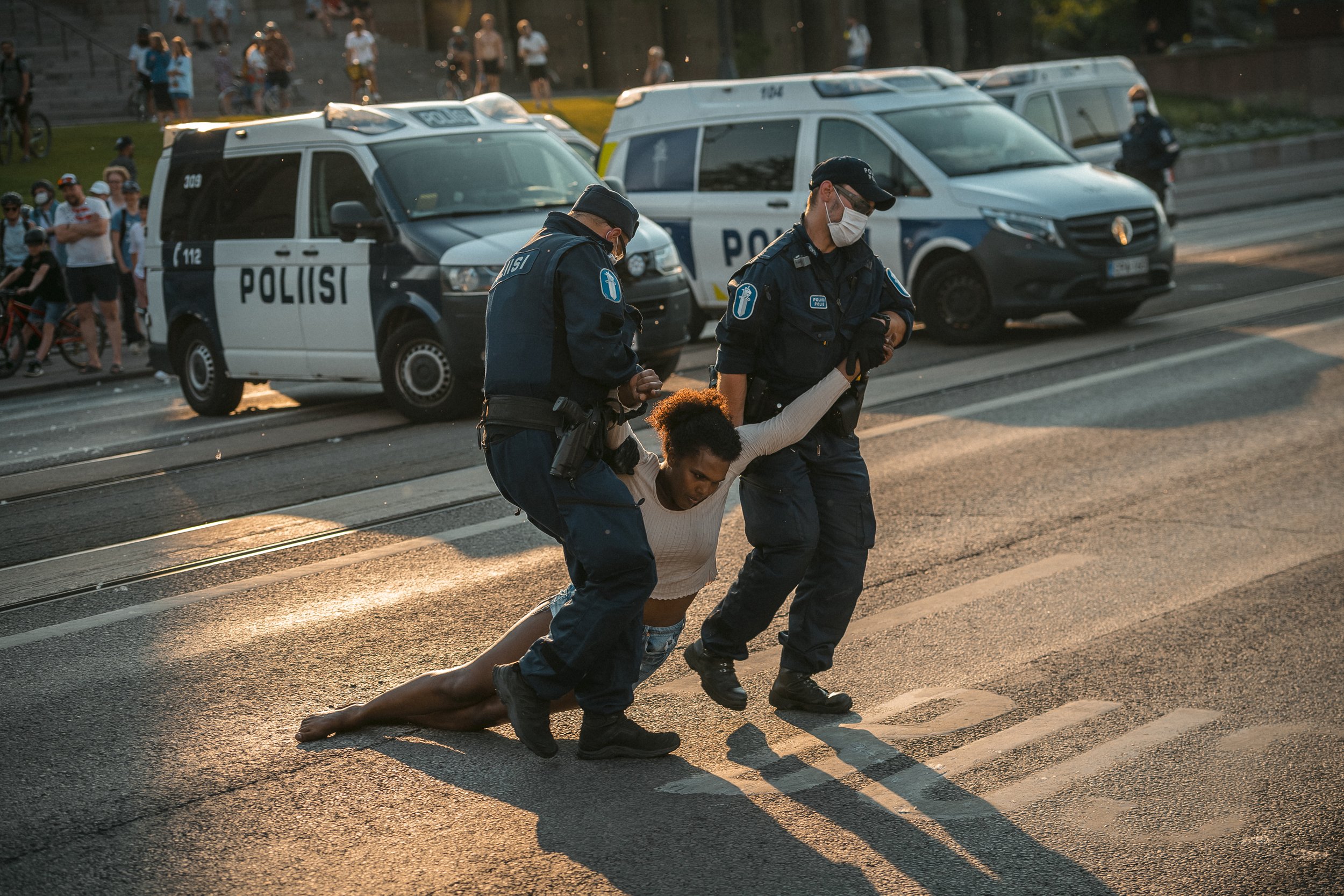Towards better pay together
Newspaper websites offer an abundance of space for pictures and videos. Magazines are sold with cover photos and online subscriptions with the first photos of articles. At the same time, the culture of taking and sharing photos flourishes on Instagram. One might imagine that the value of photos would have increased – and with it, the value of photojournalists, a profession that distinguishes itself from the plethora of amateur photographers with a professional journalistic approach.
However, this notion is misguided. The flourishing of pictures and videos in the media does not equate to steady employment and fair contracts for photojournalists. Downsizing negotiations of media companies have also impacted the photo departments, as demonstrated by Otavamedia outsourcing its photographers in 2020, effectively laying them off and hoping that they would continue to work on a precarious freelance basis.
The lack of appreciation is also reflected in the fact that photo editors are becoming increasingly rare. The photo editor is responsible for selecting and planning pictures and is often crucial in ensuring that the picture and text complement each other in the article.
New photographers are not being hired to replace those retiring and increasingly, writers are being asked to take photos for their own articles, whether they desire to or not. As a result, an increasing number of photojournalists are self-employed by necessity, choice, or something in between.
As a freelance photographer, it is easy to feel like a wolf among wolves. Without close colleagues, it can be challenging for a self-employed individual to ask for help because photographers are competing for the same opportunities and employers.
Photographers' reluctance to disclose the specifics of their contracts results in a lack of information exchange regarding pay, enabling the employer to dictate the terms of the contract to their advantage. These contracts often have an inherent imbalance, with the responsibilities falling on the photographer while all financial rights rest with the client.
How does the shift in photojournalists' employment relationships affect the audience? If the media is unwilling to pay for photos, competition is not based on the quality of the photos, but rather on who is willing to accept the lowest price. Even if the photographer is skilled and desires to do their work to the best of their ability, is it worth it if the hourly wage is insufficient?
The photographer's most valuable resource is time, and it is their own responsibility to ensure that it is properly compensated. It is clear that there is a significant difference between images that took two hours or two days to create. The trust of the subjects and the photographer's understanding of the situation can only be cultivated over time.
Self-employed photographers often appreciate the independence and freedom freelancing provides. Unfortunately, the earnings of freelancers working for the press continue to fall further below the average salary of their employed colleagues year after year. The lack of proper pay means that photojournalists cannot invest in their own skills and equipment. With communication agencies offering better fees, the future of visual journalism does not seem promising.
We need to turn the tide. Photojournalists are professionals who deserve proper contracts and pay for their work. One effective way to improve the contracts of freelancers is to promote collective bargaining. Collective bargaining allows trade unions and organizations representing workers to negotiate on behalf of the workers. Collectively agreed minimum terms would ensure that freelancers receive adequate compensation. This way, rather than competing based on who accepts the lowest fee, we could start to compete on the quality of the pictures.
This text was originally published in Finnish in Demokraati's issue 19/2021.
Since writing this piece, the European Commission has adopted new guidelines recognising the right of freelancers to negotiate together to improve their working conditions if they are in a situation comparable to employees or if their negotiating position is weak compared to their clients. This policy shift acknowledges the need to address the issues faced by freelancers and offers a potential solution through collective bargaining.









